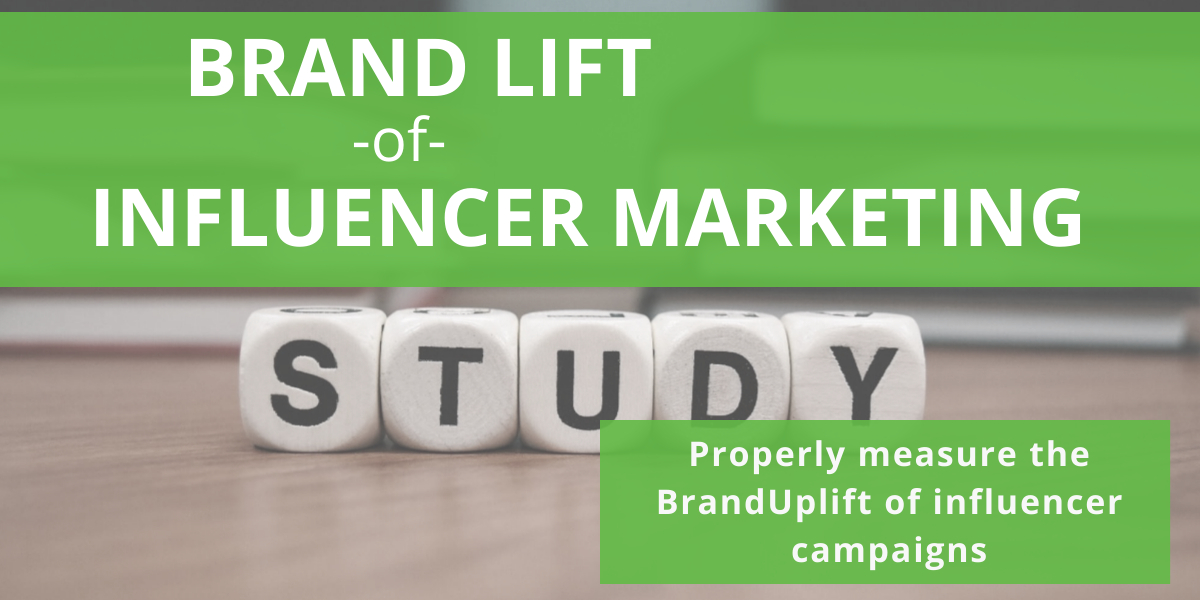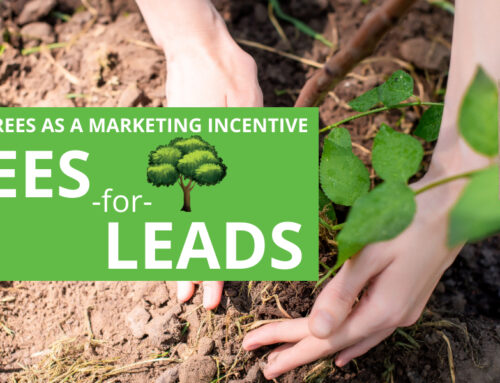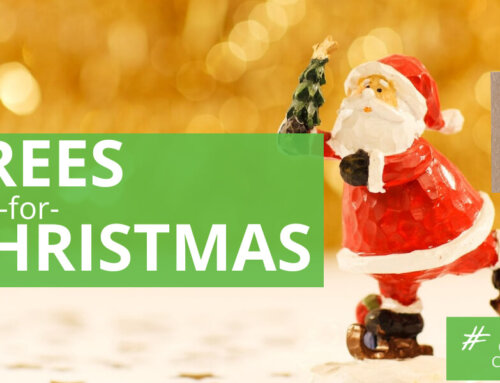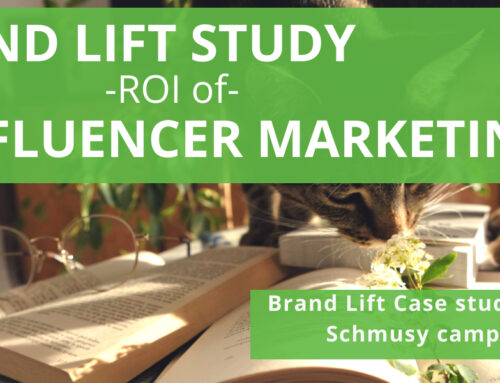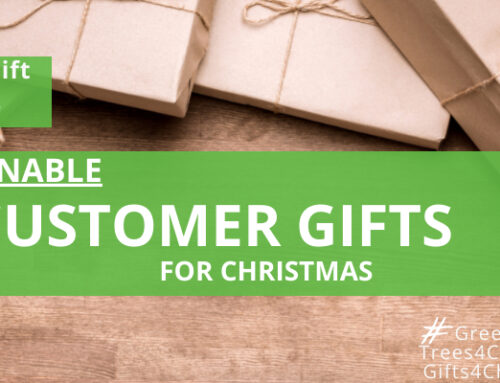Brand Lift studies are becoming increasingly important in the context of rising budgets in influencer marketing
Influencer marketing has become a fixture in digital marketing, as budget forecasts for influencer marketing are pointing in one direction only: up. The latest Influencer Marketing 2022 Report from market research company eMarketer shows that US influencer marketing spending will come to roughly $5 billion in 2022, up $850 million from their previous forecast and over $1 billion more than was spent in 2021. These findings show that the industry is growing at an exponential scale and at a faster pace than many predicted. Thus, this also indicates that influencer marketing is not entirely affected by recession-focused budget cuts.
And according to the Benchmark-Report „The State of Influencer Marketing 2022“ by Influencer Marketing Hub, companies worldwide spent almost 14 billion USD on influencer marketing in 2021. This is double the amount spent two years earlier. The COVID-19 pandemic also helped the market, as shown by the Content Marketing Trendstudy 2022 or the Influencer Marketing Compass by Statista.
While content marketing campaigns are becoming significantly more cost-intensive, especially due to the cooperation with influencers as a distribution channel with a high reach. And at the latest when campaigns, instead of low five-figure budgets, increasingly devour six-figure budgets, marketers rightly ask whether the expenditure is still justified and whether the supposedly high reach is also accompanied by an adequate effect for the budget used.
BrandUplift studies help determine the ROI of influencer campaigns
As with all media types that reach a relevant advertising volume, the higher the revenues, the louder the call to secure investments with a reliable planning basis. Because uncertainty causes pain, especially when it comes to the budget. One of the biggest challenges of influencer marketing with increasing budgets is the ROI and proof of impact for influencer marketing campaigns. The lack of measurability is still the biggest challenge currently holding back the more intensive use of influencer marketing. Both in American studies and in European B2B studies among marketing decision-makers, the topic of measurability and proof of success has topped the ranking of challenges for years, as shown, for example, in the e market study on the use of influencer marketing software by influencer marketing software provider IROIN in May 2023.
Brand Lift studies show influencer marketing ROI
The uncertainties of marketing decision-makers regarding the right choice of media, i.e. influencers, and the proof of success are sensibly and empirically countered with media research studies.
For the widely used brand uplift studies, innovation meets the tried and tested by combining a proven methodological approach – a quasi-experimental study design with before-and-after measurement – with an innovative and sustainable incentive concept for the recruitment of survey participants.
In contrast to the tried-and-tested methodological approach for display campaigns via pop-ups in combination with cookie-based recruitment of the control and test groups, the recipients of influencer campaigns are addressed via the influencers themselves. This is where GreenAdz’s sustainable recruitment concept, already used for the Influencer Facts study, comes into play: the influencers themselves invite their followers to participate in the survey via an individual survey link – both before and after the campaign. This ensures, even for micro-influencers, that only those who have demonstrably had a chance to come into contact with the campaign are surveyed.
Addressing the Z generation through a sustainable incentive concept
Depending on the size of the campaign, some of the micro, mid and macro influencers involved invite their followers to take part in an online survey. The prerequisite for success and the decisive highlight for the high willingness to participate is the neutral but very appealing incentive, in which a tree is planted for each survey participation. The fact that market research can not only be fun, but also do good, is not only well received by Generation Z and also leads to an above-average willingness to participate in decision-maker studies.
The fact that a text address such as “Your opinion is important to us!” in combination with disruptive formats such as the otherwise usual recruitment pop-ups or layer formats is met with little enthusiasm, especially in Generation Z, is obvious in the context of information overload: a discipline such as influencer marketing requires advertisers to rethink how they address the coveted consumer target groups: Empathic, appreciative, respectful – in other words, at eye level – should be the motto of communication.
Nielsen meta-study of 1.000 Brand Lift studies shows the most important drivers of influencer marketing ROI
While a body of research exists on brand lift drivers for traditional media such as TV, there has been a lack of analysis into which factors significantly influence the brand lift of influencer marketing campaigns. Nielsen’s new research uncovers where advertisers can focus efforts to create more compelling initiatives for emerging media including podcast advertising, influencer marketing campaigns and branded content that positively impact consumer perception of their brands. Based on the branded content/podcast brand impact norms database, Q4 2022, Nielsen has identified the five key factors for brand building in the areas of branded content, influencer and podcast marketing that are decisive for emerging media’s an influencer marketing ROI potential.
By far the most important factor – and this is not only evident in our Brand Lift Case Study by Schmusy – is brand awareness. Brand recall is critical. If audiences can’t remember the brand after seeing an influencer ad, a branded content piece or hearing a podcast ad, then brand lift is very difficult to achieve. That means brand lift is highly dependent on how strong the brand already is.
“Marketers have known emerging media can be impactful for their campaigns, but many have lacked the tools to measure its distinct impact within these growing channels,” said Mae Karwowski, CEO of Obviously, an influencer marketing agency in the article. “New research and insights are critical for helping demystify these channels and show ROI in investing ad dollars in this space.”
The emerging media brand lift research is based on analyses from more than 1,000 studies of measured brand lift from U.S. ad campaigns across podcasts, social media (influencer marketing) and branded content to sow the main success factors to drive influencer marketing ROI. The 1,000+ studies spanned 10 categories, including CPG, retail, automotive and financial services. Download the report here.
In this report you’ll discover:
- The 5 key factors that drive brand lift
- Advertising impact on brand KPI growth
- Emerging media’s ROI potential
Google (finally) proved the Influencer marketing ROI for b2b
Even Google has also (finally) determined the value of influencer marketing thanks to its many brand lift studies. By securing regular brand lift results they proved a major breakthrough to quantify the Influencer Marketing ROI of creator partnerships and compare results across marketing channels. Google impressively describes in the article “Inside Google Marketing: How we (finally) proved the value of influencer marketing”
how valuable and successful influencer marketing is, especially for the communication of complex B2B products, in this article worth reading on the proof of influencer marketing ROI through Brand Lift studies.
This is a particularly exciting article for B2B companies, because Google, as a global player in the B2B sector, has very complex products. Google’s Tobias Rauscher shares how he managed to elevate influencer work to be a part of the marketing mix. “We didn’t need a sophisticated measurement framework to realize that most of our marketing messages were too complex for static social posts. It would be impossible to explain in just 30 seconds how the Google Assistant can improve your daily life or how you can save money with Google Fi.”
The common marketing question, “Have you thought about including influencers in this campaign?” all too often stems from a desire to amplify a marketing message, and the conversation normally includes references to lofty-sounding metrics such as impressions, social media likes, and earned media value. At Google, they fundamentally believe in the value of influencers. But just like all other marketing managers, influencer marketing ROI needs to be made measurable beyond vaity metrics, as Marvin Chow, Google’s VP of marketing, has pointed out. “No doubt influencer marketing does something,” he said. “But to comfortably put spend and resources behind it, we needed to better understand the return on investment, especially in the context of other channels.”
Google actually managed to pull it off. The article outlines how they did it — and what other marketers can learn.
Just as Google proves the brand lift of YouTube Creators, the IPS shows it for influencer campaigns on Instagram and Tiktok
Similar to how we as GreenAdz measure the brand lift of influencer campaigns on Instagram and Tiktok with the Influencer Performance Score (IPS), Google measures the brand lift or influencer marketing ROI of creators on. Through Google insights and measurement tools like Brand Interest Lift, Influencer Lift, and organic view-through conversions, YouTube BrandConnect makes it possible for brands to actually measure the impact and efficacy of influencer marketing. Their product “Influencer Lift” has allowed them to frame sponsored videos with surveys, isolating the impact and tying it back to brand goals without requiring a standard brand lift survey attached to a media buy. It tracks the difference in survey responses from viewers of a branded content video against a control group that didn’t see the video to determine the influence the branded content campaign had on key metrics, such as recall, awareness, and consideration.
Case studies prove effect of influencer marketing for cat food as well as for financial products
The proof that influencer marketing also works for a financial product that requires explanation, such as the Kwitt payment function, was already provided in 2019 by the award-winning case under the hashtag #daskannstdukwitten for the Federal Association of German Cooperative Banks (BVR). The campaign was commissioned by BVR in collaboration with geno kom, Kontor Digital Media (KDM), Heimat and Lucky Shareman. On the one hand, the campaign served to raise awareness of the Kwitt payment app as a service offered by the Volksbanken and Raiffeisenbanken. The second goal was to activate customers to use the money-sending function in the VR banking app.
Case Nr. 1 #daskannstdukwitten: The birth of campaign-accompanying advertising effectiveness measurement for influencer campaigns
Due to the high budget behind the campaign and the branding goals, the daskannstdukwitten campaign was additionally accompanied by market research on the part of GreenAdz at the request of the customer in order to prove the advertising effect.
The followers were invited by the influencers to take part in a survey before and after the campaign – motivated by the tree donation for the GreenAdz project in Zambia for each survey participation. The uplifts in brand awareness, advertising recall, liking, brand and product perception, and activation in the relevant target groups were surveyed.
The goal: More awareness and engagement. The result: A viral hit
Lucky Shareman selected suitable micro, mid and macro influencers for the campaign, who brought with them reach of up to 2.5 million followers and published a total of 376 posts on Instagram, YouTube, Twitch and their blogs. In addition to classic product promotion for Kwitt, the influencers relied on a combination of challenges and charity campaigns to activate their followers.
The 110 posts by influencers on Instagram reached over 11.2 million contacts and generated around 523,000 interactions – an interaction rate of 4.7 percent. 207 Instagram stories generated 27.4 million contacts. On YouTube, the influencers published 39 videos that reached just under 22 million views and inspired around 289,000 interactions.
The results of the advertising impact study accompanying the campaign show how the positive image transfer can be expressed in figures: One of the most impressive results for the customer is the high target group fit of the campaign of around 80 percent, brand awareness increased by 27 percent in the followers of the influencers involved, and brand knowledge also grew: At the end of the campaign, around six times as many users as before the campaign assigned the Kwitt function to the Volksbanken and Raiffeisenbanken.
To read the detailed blog post of the case of the Volksbanken and Raiffeisenbanken, click here.
Case Nr. 2 #schmusy: Proven with numbers: Cat content works
For the “Schmusy lookalike competition”, the Verden-based pet food company Finnern invited people to take part in the photo competition “Germany’s most cuddly cat” with its house brand “Schmusy” in the summer/fall of 2021.
The campaign was advertised via an influencer marketing campaign and accompanied by an advertising effectiveness measurement by GreenAdz. After many Mafo projects to prove the effect of influencer relations, the branding effect of influencer campaigns in particular could be effectively proven via this type of accompanying market research in the food, pharmaceutical and fashion industries, among others.
This was always a so-called “uplift advertising impact study” comparable with classic media, with a pre-measurement (zero measurement) at the beginning and one or more postmeasurements (campaign measurements) of the most important advertising impact KPIs via an online survey, to which the influencers were invited and incentivized with a tree donation.
Results above the benchmarks of classic online advertising
The visible results of the campaign: several hundred owners of cuddly tigers from all over Germany applied online with photos via the website.
But what about the branding goals, the awareness, the increase in brand recognition? How was the image of the brand influenced and was the willingness to buy increased?
To cut a long story short: GOOD.
Significant uplifts were seen in all KPIs through campaign contacts and in campaign duration, including:
- Brand awareness of Schmusy was increased by 163 percent and six out of ten followers remembered the campaign.
- The photo campaign also achieved significant increases in the image of Schmusy, including in terms of likeability (+30 percent) and the perception of the brand for species-appropriate pet food (+48%).
- Intention to Buy was significantly increased by a whopping 42 percent to a share of just under 50 percent of respondents.
- In addition, the levels of the KPIs are significantly above the benchmark of other digital campaigns: All in all, a complete success!
PS: For some diversion and good humor after these number-heavy facts, take a look at the really great cat photos of the 23 award-winning winners here.
Branding effect of influencer campaigns provable through market research
Also from a methodological point of view, the innovative yet proven brand uplift approach based on influencer-initiated invitations is successful for two reasons in addition to the already mentioned response-strong and yet neutral tree incentivization: First, because the followers almost exclusively leave enthusiastic comments on the survey – a sign that initial fears of the influencers to ask “their” followers for this favor of guided opinion expression are unfounded and the willingness to participate will rather increase in the future. Another advantage is that this approach can be used regardless of the minimum reach of the influencers – it remains to be mentioned that “market research that plants trees” makes its very own contribution to climate protection with every project and breathes at least something of the currently much-cited Purpose into the industry.
In addition to the success of the Kwitt and Schmusy cases, a number of other brand uplift studies have now been implemented for influencer campaigns in various industries. The results clearly show how effective influencer campaigns work beyond engagement rates for branding objectives.
You can find the detailed blog post and download for the Schmusy case here.
Have you already gained experience in influencer marketing and would like to learn more about the mechanisms of your influencer campaigns? Contact us – together we will find an approach to prove the impact of your influencer collaborations.
Or simply write me an email to
Sandra.Gaertner@greenadz.de
I look forward to your feedback!
Best regards,
Sandra Gärtner
About the author:
Dr. Sandra Gärtner is co-founder of the market research and technology service provider GreenAdz as well as an independent market research consultant with mediaresearch42 from Hamburg with passion and green soul.
She is also a member of the BVDW’s Social Media Expert Advisory Board and has been a jury member for the bcm Award (best of content marketing) since 2019, where she regularly evaluates the – usually inadequate – success measurement concepts of social media and content marketing campaigns. One more reason to (further) focus on the topic of success measurement in influencer and content marketing.
With GreenAdz, Dr. Sandra Gärtner and her husband, software architect John Sasse-Gärtner, make market research “green”: GreenAdz is a sustainable and highly responsive recruitment and incentive approach that allows users to be surveyed at digital touchpoints in a more appreciative way than via classic pop-up survey invitations: Always unobtrusively engaged and incentivized with a TREE: For sustainable better results, better samples and happier users for only 1,-€ per survey participant. This sustainable incentivization concept has been so successful, especially in influencer marketing research with Gen Z, that not only the Influencer Facts and various campaign-accompanying advertising impact studies are implemented by Greendz and incentivized with trees, but also our competitors “got on the tree”
